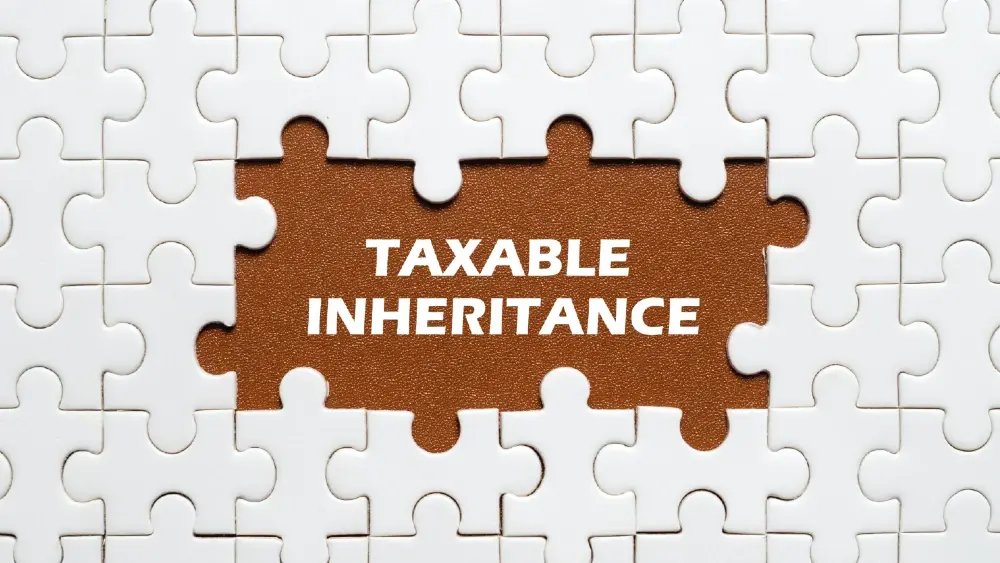As of 27 January 2025, new transparency provisions have been implemented across all family courts in England and Wales. Under these changes, accredited journalists and legal bloggers are now allowed to report on proceedings they witness, provided a transparency order is granted. These orders, which are generally presumed to be issued, ensure that the identities of children and families remain protected unless there is a valid reason to withhold them.
These reforms follow the success of the Family Court Reporting Pilot, that was launched in January 2023 and gradually expanded over two years. The positive impact of the pilot led the Family Procedure Rule Committee to approve the nationwide extension, resulting in amendments to the Family Procedure Rules and the introduction of new practice directions.
The primary goal of these changes is to improve public understanding and trust in the family justice system by offering greater insight into court proceedings. Senior judicial figures have described this as a "watershed moment for family justice," marking a significant step towards openness while maintaining essential protections for vulnerable individuals.
While transparency orders are expected to be granted in most cases, courts still have discretion to withhold them when necessary. This ensures a careful balance between public accountability and the privacy of those involved. These reforms represent a major shift in the family court system, encouraging greater openness while safeguarding the rights of children and families.
What happened after the Family Court Reporting Pilot was launched in January 2023?
The Family Court Reporting Pilot aimed to increase transparency in family courts across England and Wales. Initially introduced in Leeds, Cardiff, and Carlisle, the pilot allowed accredited journalists and legal bloggers to report on proceedings they attended, provided they followed strict anonymity rules to protect the identities of children and families involved.
The initiative sought to strike a balance between greater openness and the need to safeguard vulnerable individuals. Under the pilot, media representatives were permitted to observe and report on cases, subject to transparency orders that outlined reporting guidelines and ensured confidentiality.
Following its success, the pilot expanded in January 2024 to include 16 additional family courts across England and Wales, further strengthening transparency within the family justice system.
Expansion of the Family Court Reporting Pilot
This pilot established a default position that accredited journalists and legal bloggers could report on family cases, subject to strict anonymity rules. Judges retained the authority to issue transparency orders outlining what could and could not be reported.
The expansion aimed to further assess the impact of reporting on the courts, judges, individuals involved in family proceedings, and the media. The extended pilot covered courts in the following regions:
North West – Liverpool, Manchester
North East – West Yorkshire, Kingston-upon-Hull
Midlands – Nottingham, Stoke, Derby, Birmingham
London – Central Family Court, East London, West London
South West – Dorset, Truro
South East – Luton, Guildford, Milton Keynes
This development marked a significant step toward increasing transparency in the family justice system while maintaining essential protections for those involved.
New open reporting provisions are now in effect across all family courts in England and Wales.
As of Monday, 27 January 2025, journalists and legal bloggers are permitted to report on what they observe and hear in family court proceedings, provided a transparency order is granted. They may also request access to documents and interview individuals involved in cases, including quoting them in their reports.
These provisions establish a presumption in favour of granting a transparency order—ensuring the anonymity of children and their families—unless a valid reason exists to withhold it.
Gradual Implementation of open reporting in family courts
The expansion of open reporting provisions across all Family Courts in England and Wales will be introduced in stages. The rollout will begin with public law children’s cases, where local authorities are involved, followed by private law cases, and finally extending to Magistrates’ Courts.
Journalists will be able to request a Transparency Order in any Family Court, granting them permission to report on proceedings, access key documents, and interview families—provided anonymity is upheld. Previously, while journalists and legal bloggers could attend Family Court hearings, their reporting was heavily restricted.
Judges will still have the discretion to deny reporting requests, but there will now be a presumption in favour of transparency. Approved by the Ministry of Justice, this reform is set to take effect early this year. The phased implementation will first apply to public law cases, such as care proceedings, before extending to private law cases, typically involving parental disputes, and eventually covering Magistrates’ Courts.
This shift marks a permanent move towards increased transparency in Family Courts, expanding beyond the initial pilot courts where the reforms were first trialled.
The Transparency Order: Key Provisions and Court Discretion
When a reporter attends a family court hearing, the court will determine whether to issue a transparency order. While the default position favours transparency, judges retain the discretion to prohibit reporting altogether or modify the terms of the standard transparency order based on the specifics of the case. This can be done at the court’s initiative or upon request. Additionally, the court may later amend or revoke a transparency order or restrict further reporting if necessary.
The standard transparency order typically remains in effect until any child involved in the proceedings reaches the age of 18. Under this order, certain details cannot be reported to the public or specific groups without explicit court approval. However, parents can still share information about their child that they are ordinarily allowed to disclose, provided it does not reference the legal proceedings, the child's involvement, or evidence presented in court.
The court has the authority under Family Procedure Rules 2010 (Rule 27.11(3)) to exclude reporters from all or part of a hearing, but only for justified reasons, which must be documented in the case management order. Additionally, the court can impose restrictions on reporting for a defined period or until a specific event, such as a related criminal trial.
A transparency order permits parties to discuss the case with reporters and allows journalists to quote them, subject to the order’s conditions. However, parties themselves cannot publish case details if such disclosure would be restricted under section 12 of the Administration of Justice Act 1960 (AJA 1960) or other legal provisions. The transparency order modifies the restrictions under AJA 1960, ensuring that compliance with its terms does not result in contempt of court.
The anonymity of the child remains protected under section 97 of the Children Act 1989 throughout the proceedings, and the transparency order extends this protection until the child turns 18.
Because media representatives can identify cases subject to transparency orders from published court lists and are generally aware of the expected reporting restrictions, prior notice of the court’s intent to issue a transparency order is not required under section 12(2) of the Human Rights Act 1998. Journalists also have the right to attend hearings and challenge the terms of any specific order if necessary.
Why transparency matters
Critics argue that the closed nature of family court proceedings allows injustices to go unnoticed. Parents and campaigners have raised concerns about inconsistent decisions, alleged bias, and a lack of scrutiny in cases where children are removed from their families. Transparency would allow for a better understanding of how decisions are made, highlight good practice, and expose any systemic failings.
Greater openness can also help counter misinformation. Misconceptions about family court decisions often arise due to the lack of publicly available information. By allowing responsible reporting and access to anonymised judgments, the court can gain trust and help the public understand the complexities of family law.
The need for privacy and protection
While transparency is important, the family court deals with deeply personal and distressing cases. Protecting the privacy of children and vulnerable parties is paramount. Publicising sensitive details could lead to emotional harm, stigmatisation, or breaches of confidentiality.
Judges often issue reporting restrictions to protect identities, and this careful balance must be maintained. A key challenge is finding ways to increase openness without compromising the welfare of those involved.
Has this been a sudden change?
No. There has been a shift towards greater transparency in recent years. The publication of anonymised judgments has increased, and in some cases, accredited journalists and legal bloggers are allowed to report on proceedings. However, access remains limited, and restrictions vary depending on the case and judge.
Many believe that striking the right balance between transparency and privacy in the family court is challenging but necessary. While safeguarding vulnerable individuals must remain a priority, increased openness can help build trust, ensure accountability, and improve the justice system. Thoughtful reforms, clear reporting rules, and a commitment to fairness can create a system that is both just and transparent, benefiting families and society as a whole.








